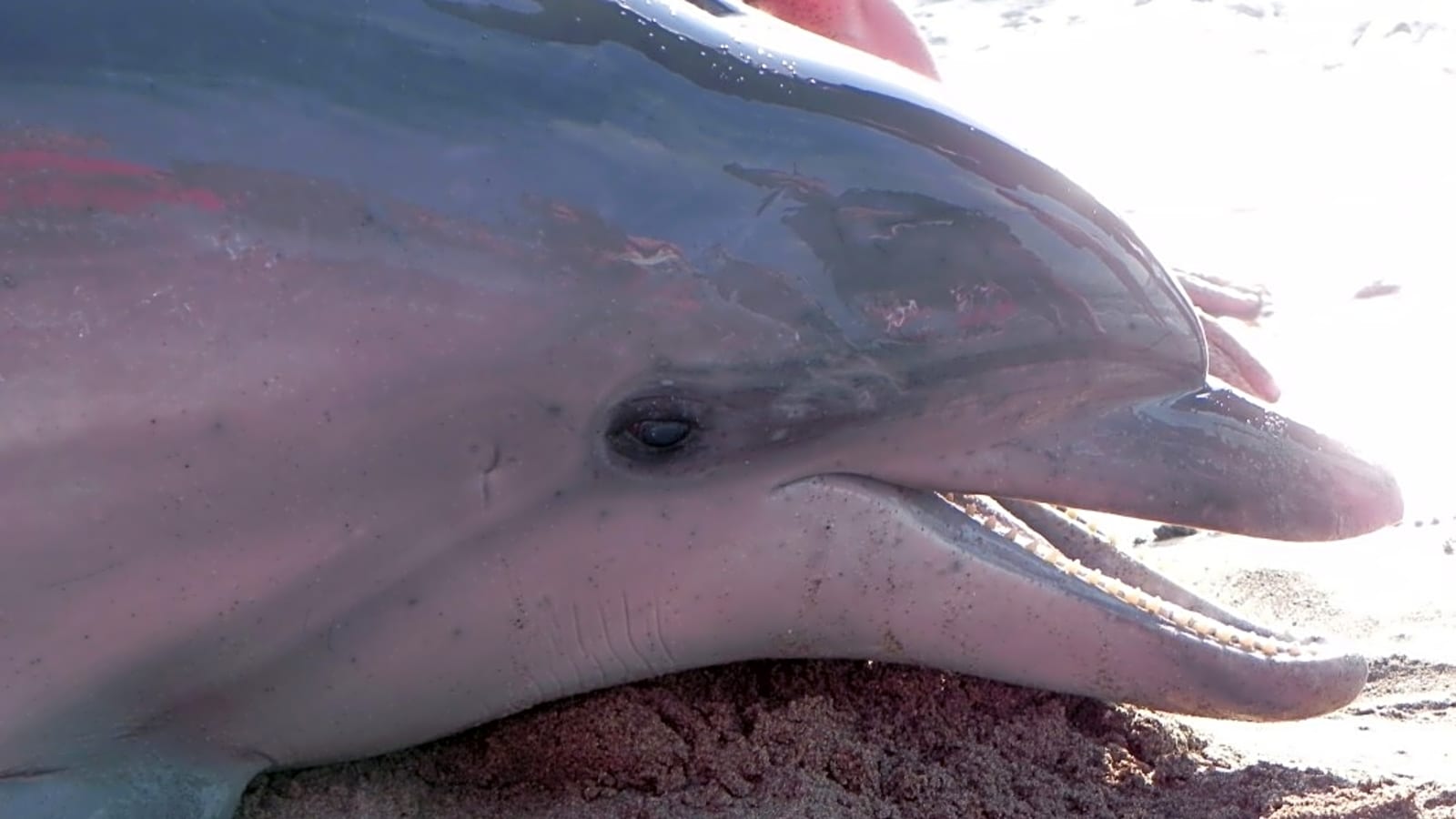
For the past few months, up and down the Southern California coast, sea lions, whales, and dolphins have been washing ashore en masse, either sick or dead. It’s a result of a harmful algal bloom – and according to experts, this is the worst case of the oceanic phenomena they’ve ever seen.
“So far in 2025 what we’re seeing in Los Angeles County is worse than what we saw in 2023, which at that time was the worst ever recorded,” John Warner, chief executive officer of the Marine Mammal Care Center, located in San Pedro, told The Weather Channel.
It’s so bad that even lifeguards, who are often first on the scene to see these dead and dying marine mammals have been taking mental health days due to tragic scenes.
“We’re human beings and we have feelings and we care about marine life — that’s one of the reasons we chose this profession,” Spencer Parker, a captain in the county Fire Department’s lifeguard division, told the LA Times. “When these dolphins and sea lions come to shore and they’re still alive, we do our best to make them comfortable and sometimes it doesn’t work out and that takes a toll.”
What is a harmful algal bloom? According to NOAA, they occur when:
“When algae — simple photosynthetic organisms that live in the sea and freshwater — grow out of control while producing toxic or harmful effects on people, fish, shellfish, marine mammals, and birds. There are many kinds of HABs, caused by a variety of algal groups with different toxins…HABs have been reported in every U.S. coastal state, and their occurrence may be on the rise. HABs are a national concern because they affect not only the health of people and marine ecosystems, but also the ‘health’ of local and regional economies.”
One of the main concerns is that HABs produce domoic acid, which can make marine life act erratically. Recently, a surfer was hospitalized after being attacked by a sea lion in Ventura County. Then, at the Wedge in Orange County, surfers and bodyboarders were chased out of the water.
As for the lifeguards, per the Times, and Warner of the Marine Mammal Care Center:
“Lifeguards are breaking down crying on the beach. This isn’t something they signed up for. They simply don’t have the resources to respond to this in a manner that would be humane and at the readiness levels that we all want to do and the public expects.”
More must-reads:
- Dale Earnhardt Jr. batting a thousand as a NASCAR crew chief
- Connor ZIlisch wins NASCAR Xfinity Series race at Pocono
- The 'Most home runs in a season by MLB franchise' quiz
Breaking News
Trending News
Customize Your Newsletter
 +
+
Get the latest news and rumors, customized to your favorite sports and teams. Emailed daily. Always free!








